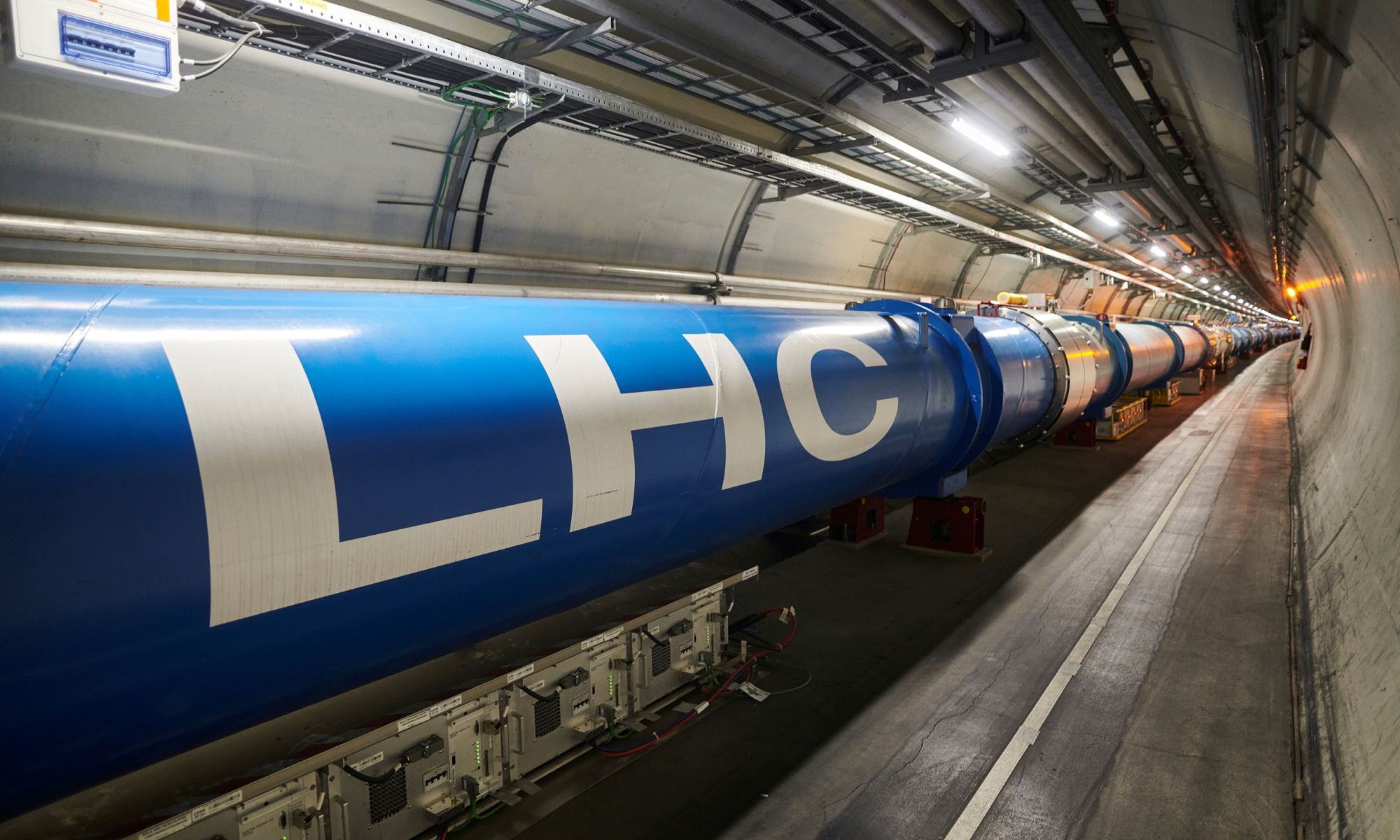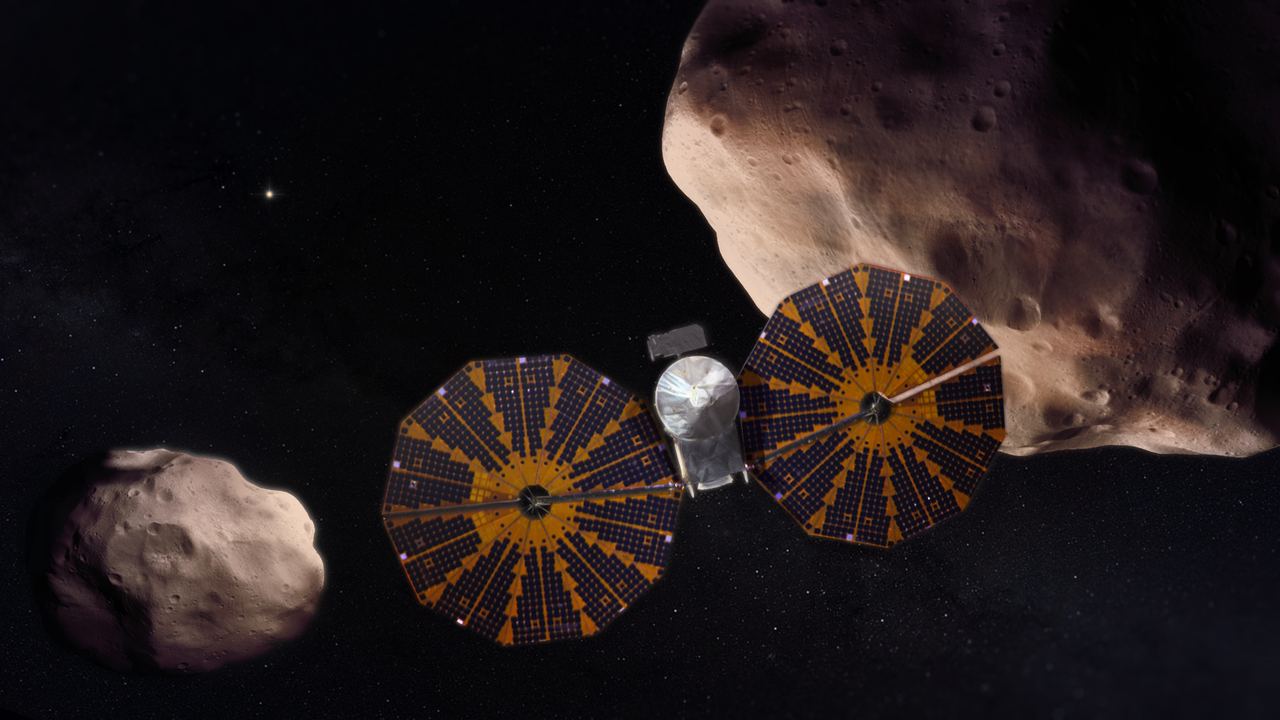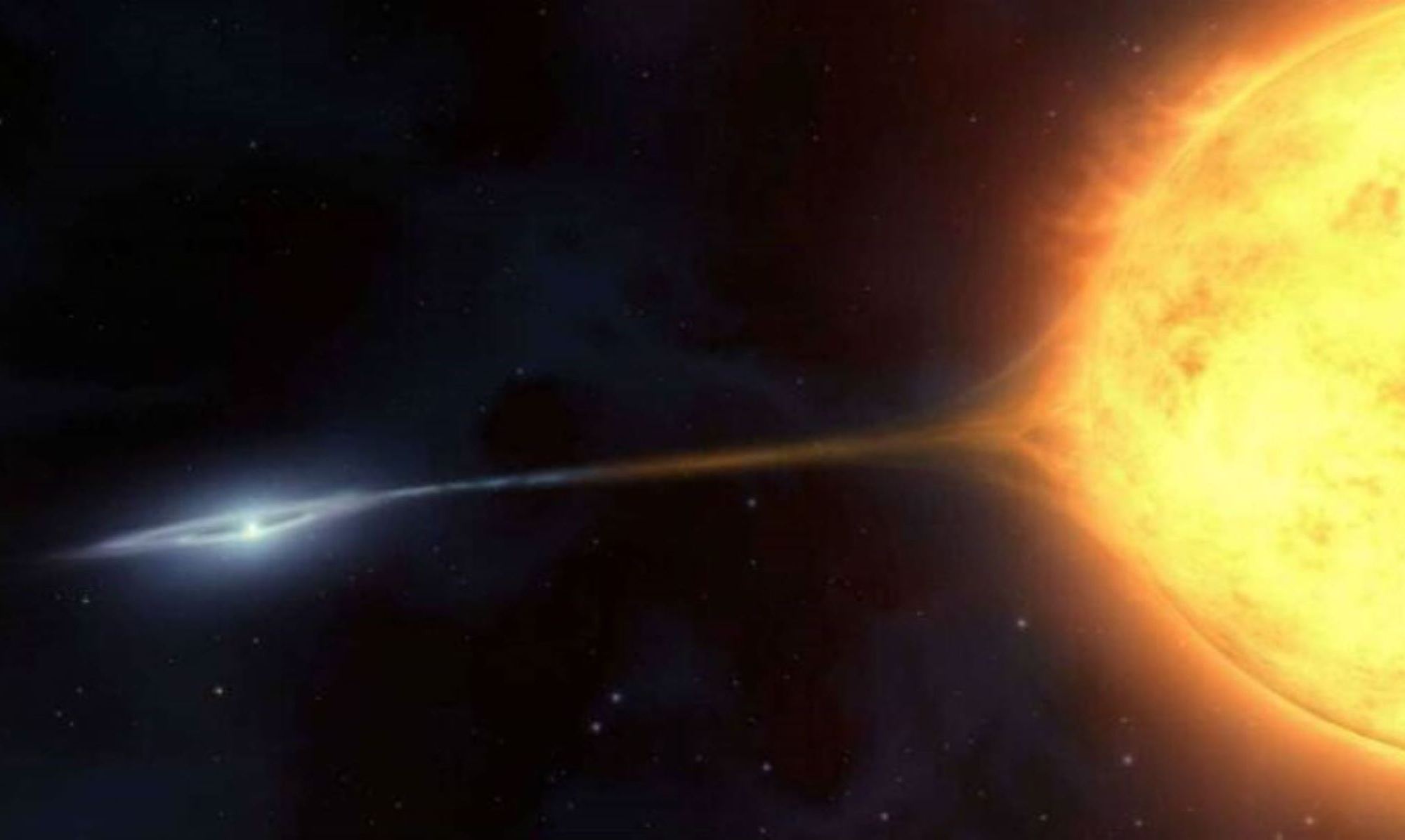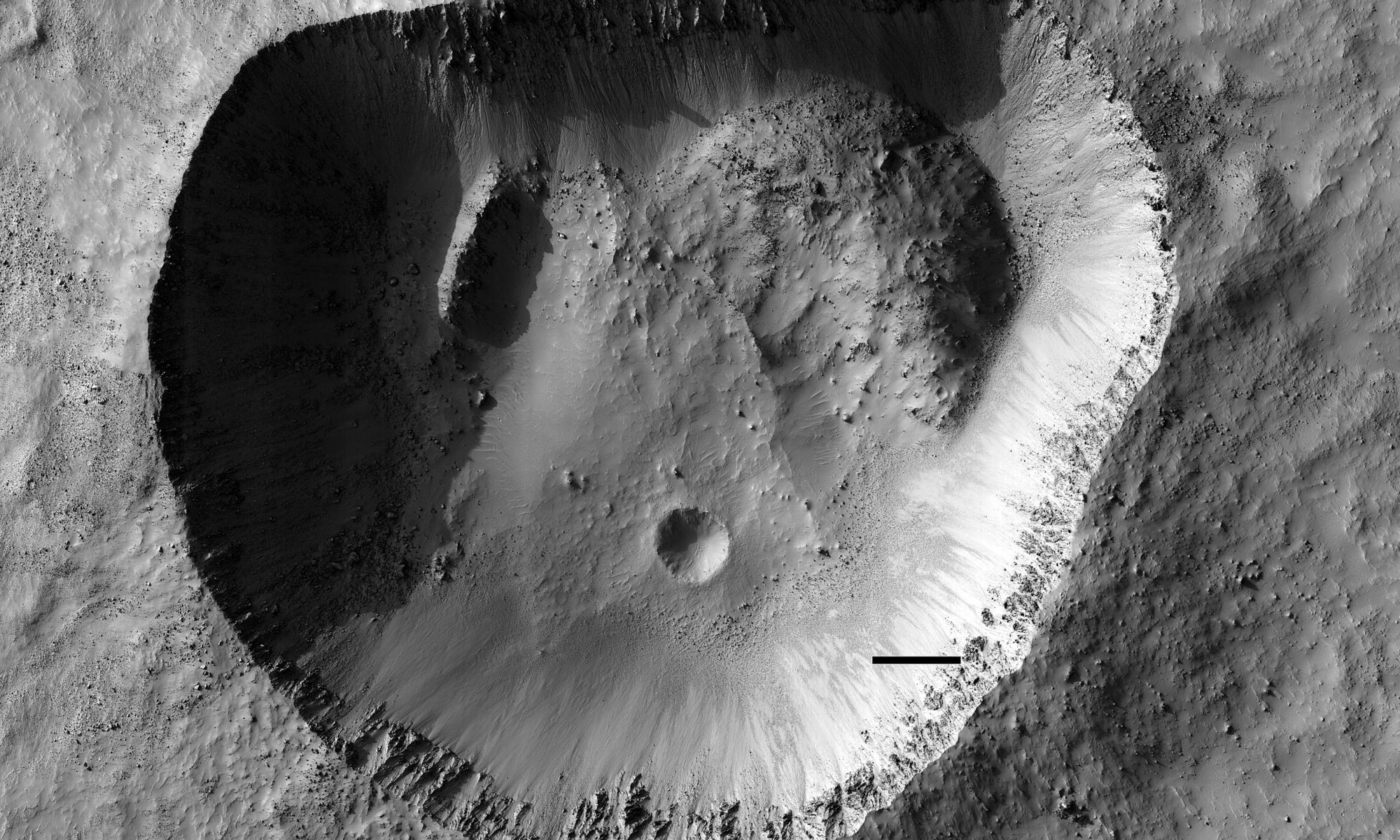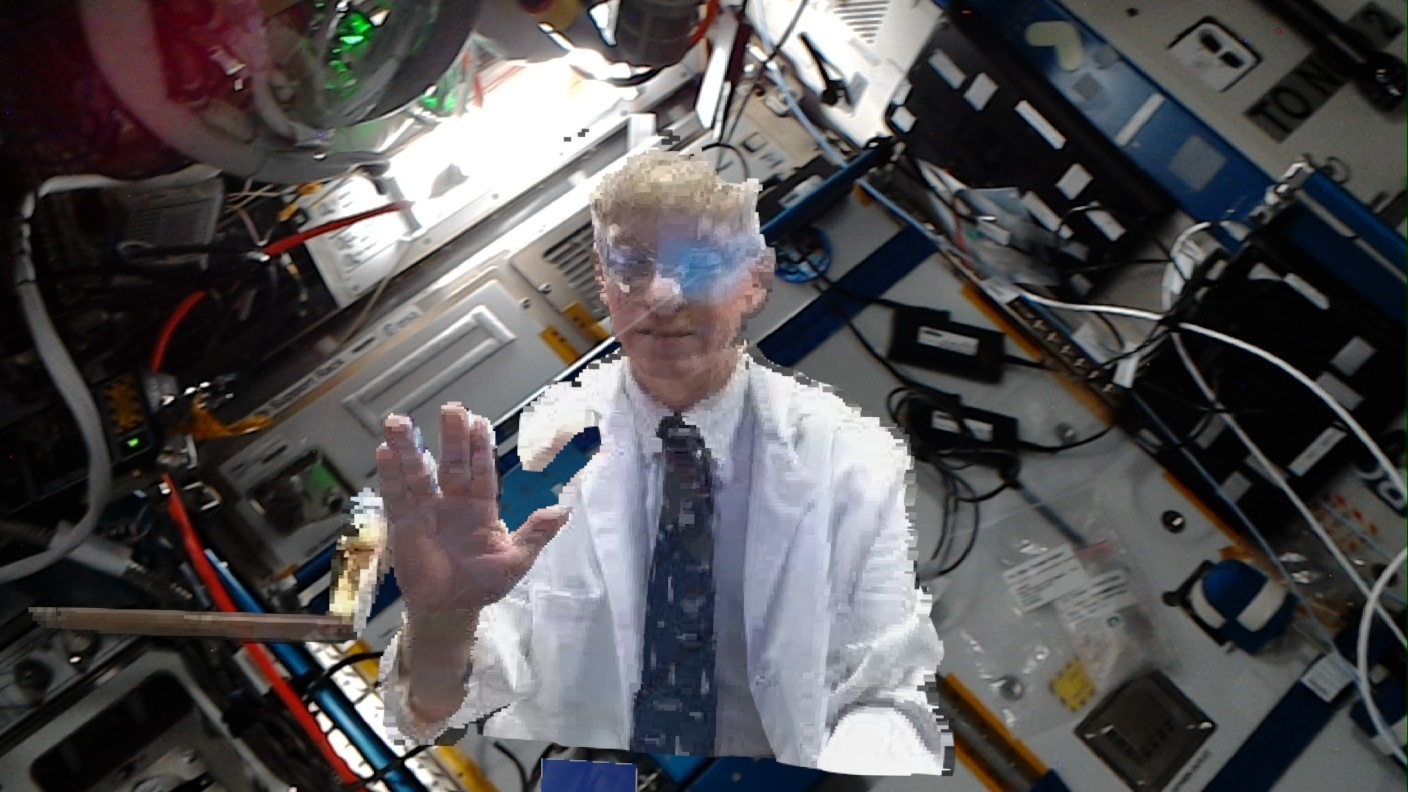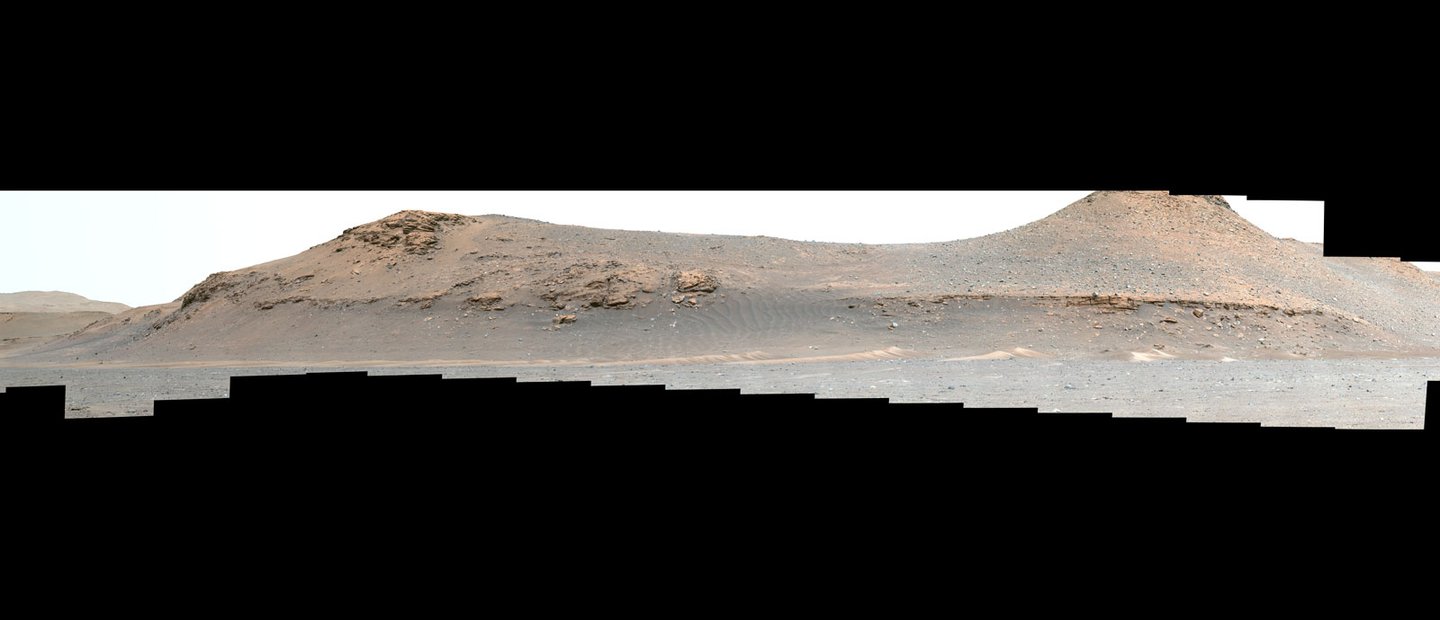Europe’s Large Hadron Collider has started up its proton beams again at unprecedented energy levels after going through a three-year shutdown for maintenance and upgrades.
It only took a couple of days of tweaking for the pilot streams of protons to reach a record energy level of 6.8 tera electronvolts, or TeV. That exceeds the previous record of 6.5 TeV, which was set by the LHC in 2015 at the start of the particle collider’s second run.
The new level comes “very close to the design energy of the LHC, which is 7 TeV,” Jörg Wenninger, head of the LHC beam operation section and LHC machine coordinator at CERN, said today in a video announcing the milestone.
When the collider at the French-Swiss border resumes honest-to-goodness science operations, probably within a few months, the international LHC team plans to address mysteries that could send theories of physics in new directions.
Continue reading “Large Hadron Collider Restarts, Shooting Protons at Record Energy Levels”

